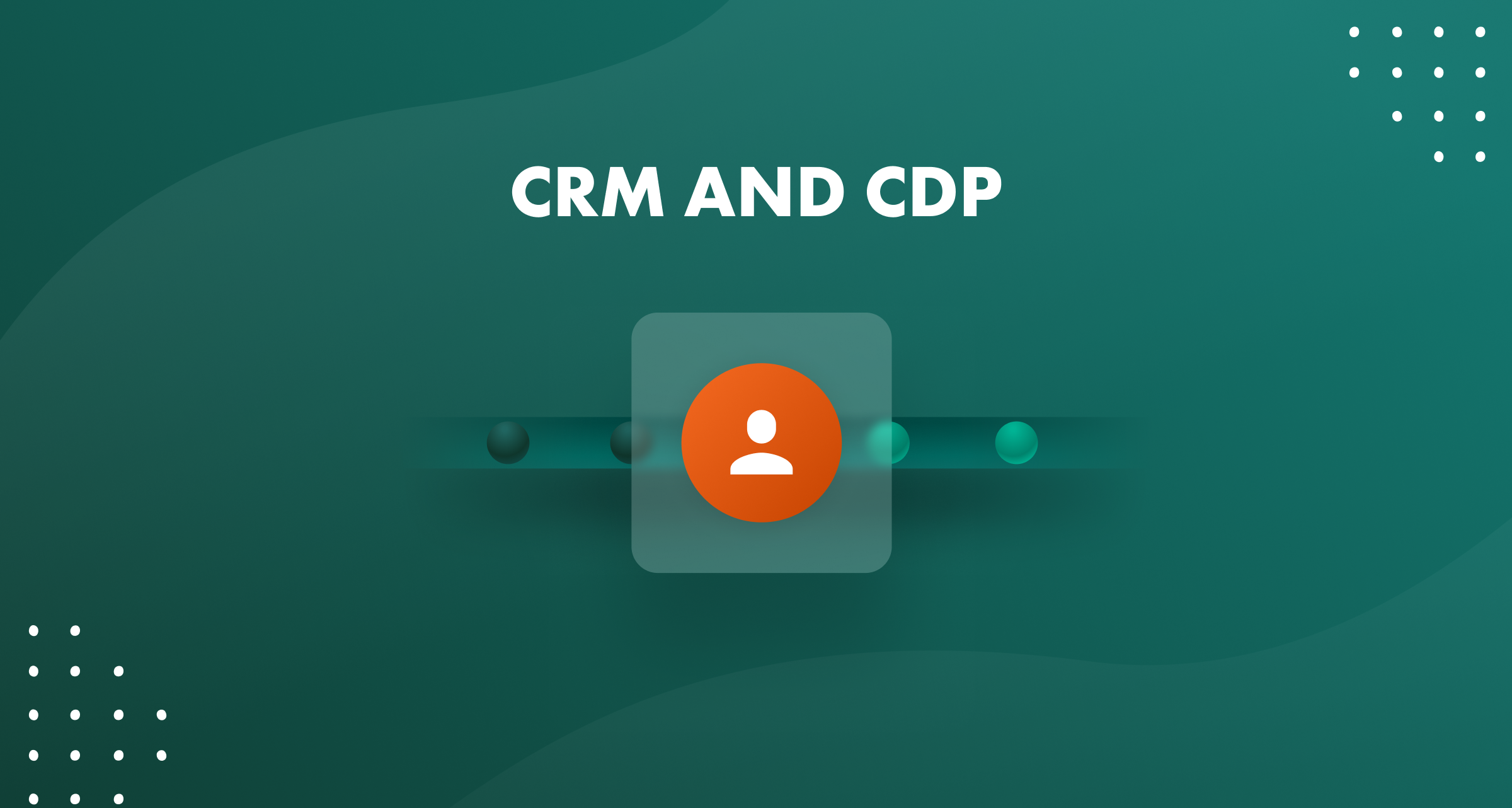Being responsible for our cloud services in the SuperOffice group, I need to think about this question every day. It is not a "problem", it is actually quite normal and interesting. Running a saas (software-as-a-service) operation, keeping customers happy is critical in combination with signing on new customers to our services. In the industry, we call it securing a high customer retention. Most business owners also understands that it is easier to keep a happy customer, than attracting new ones. In this article I will focus on what we do after the customer have signed the contract and become a real customer. In a digital world, you still need to be human.
1. The important first follow-up-call, after deal is closed
I think we all have experienced the "syndrome" of being left alone after you have spent your money on something. The average sales person moves on and forgets about you for a while. Have you had that follow call from your sales person to check out whether you have got what you paid for or not. If you have, you would have remembered it and most likely tweeted about it, already. Sales people are often paid to hunt new business. Some sales people, understand the business in having happy customers and keep in contact during the entire life cycle. To change this random practice, you as a company, need to create a program or a culture for this joint effort to be able to secure contact with all new customers, every time. In SuperOffice Online, our international sales team, calls all new customers 14 days after they signed up for a new contract. Customers like it, they feel tended to individually, and our sales persons get positive feedback when they call out. We also experience that quite a few customers need more help to get started. In other words, this secures customers value in getting up and running. It also gives the sales person positive feedback from customers which again inspires for more proactive customer care.
2. Care about your Customers on a regular basis - always
Many of todays customer-care-programs, are based on self service. Companies invest in customer portals, FAQs (frequently asked questions), web shops and online help desks. The sales teams are busy, hunting new business or chasing existing customers with new needs to be handled. When was the last time somebody called you and ask simply "How are you doing?" or "Is there anything we could do for you regarding your offering or products? We strongly believe in doing exactly that. In our customer program, we have defined intervals for calling customers engaging them in topics that creates a better customer relationships. More than once, our sales people experience astonished customers saying "great that you called. We are not used to getting this kind of attention". We have of course worked on defining topics that could be meaningful to the customers. By using SAINT (SuperOffice Sales Intelligence) in SuperOffice CRM, we can visualize customers who are at risk to leave us behind. In that way, all our employees can easily see which customers these are, and act accordingly by adding to do´s to the customers main contact.
3. Create value for your customers
When the "moment of truth" comes - around every three months (that is when our invoice reaches the customer), the most important customer question is - "Should we continue this agreement?". Our aim is to make that answer easy and always a "yes". We believe in getting value from a CRM solution, in the cloud or not, takes time and effort to get it right. And we need to be there at the right moment to make sure the customer gets the right help when they need it. When we over time, always reach out a helping hand, we see that we more often become the most preferred vendor in our domain. It is easy to be caught in the trap that once you signed up, we will keep your attention. No, we have realized that we need to work hard and smart over time to earn our customer´s trust.



